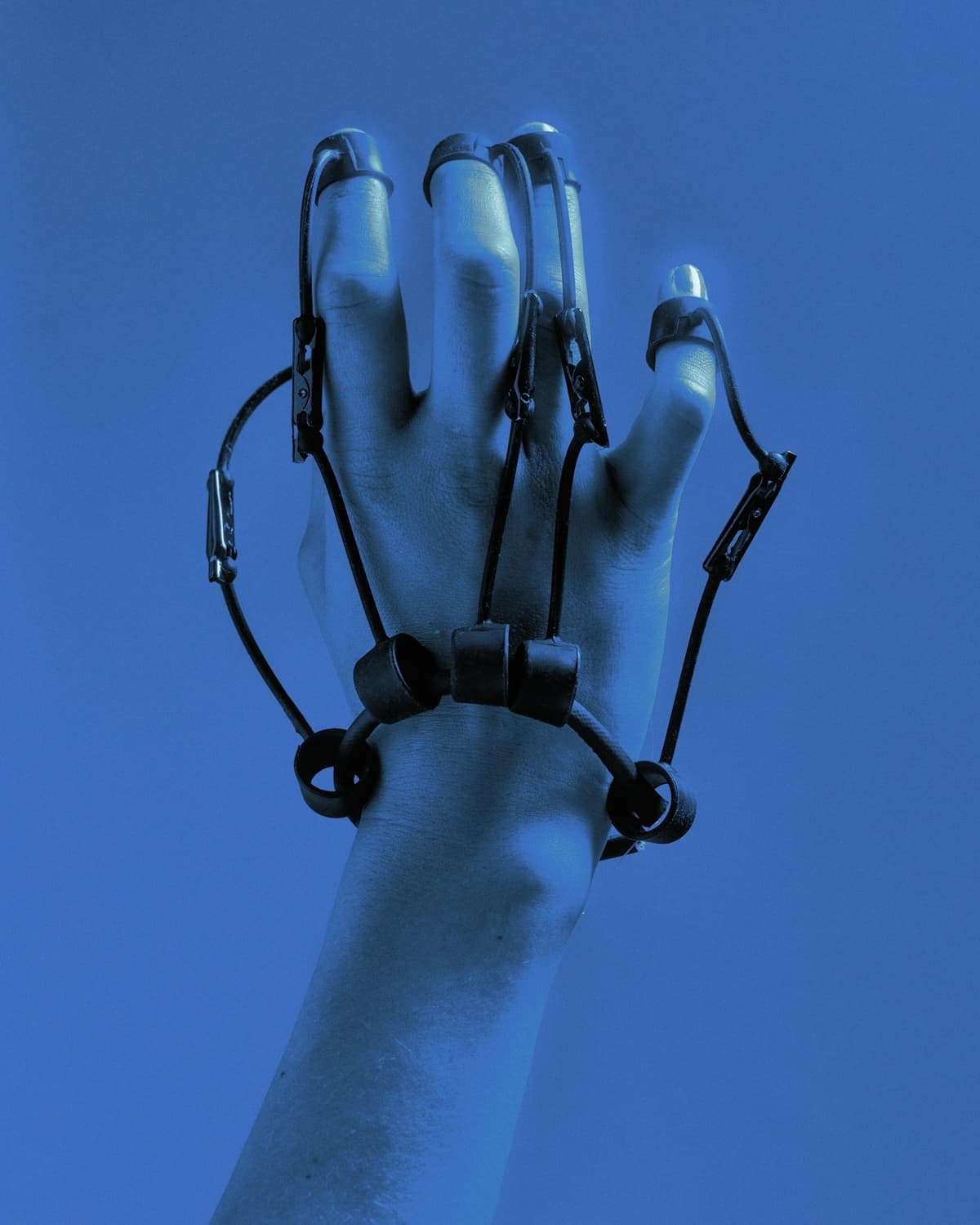The Latest Google Link Crawlability Guidelines
Google likes to keep us on our toes by releasing algorithm updates or new best practice guidelines every so often. Each one gives SEOs a little sneak peek into how they can help their brand go higher up in the algorithm. This time Google has updated their link crawability guidelines to shine a spotlight on […]

Google likes to keep us on our toes by releasing algorithm updates or new best practice guidelines every so often. Each one gives SEOs a little sneak peek into how they can help their brand go higher up in the algorithm.
This time Google has updated their link crawability guidelines to shine a spotlight on the best practices to boost both the link’s readability for crawlers and the experience of your customers.
How do I make sure that my links are crawled by Google?
Crawlers prefer an HTML element (<a) – an anchor – with an hrefs attribute when you are placing it in the code. This gives your link the highest chance to be read and have the URL extracted as the crawlers can understand all elements of the code and what you are trying to tell them. So, in short:
YES to:
<a href=
NO to:
<a routerLink= | <span href= | <a onclick=
Although they all have an element or attribute that Google likes, they don’t have the winning pair of both together.
Where should I be directing my links?
Make it easy for the crawlers. A URI or something that looks like a web address is easier for them to understand and send requests to. If they can’t recognise the link then they don’t know how (ideally) great and useful your link is! So, all together now:
YES to:
<a href=”https:// example.com/stuff”> | <a href=”/products”>
NO to:
<a href=”javascript:goTo(‘products’)”> | <a href=”javascript:window.location.href=’/products'”>
Where should I put my link text?
Anchor (or link) text should always be included. Don’t leave it blank or you’ll miss out on providing Google with essential information.
Place the link text in the code between <a> elements. This means:
YES to:
<a href=”https:// example.com/link”>PUT THE TEXT HERE</a>
NO to:
<a href=”https://thiswouldnthelp.com”></a>
One thing to note is that title elements can also be used as a backup, if the anchor text section is empty:
<a href=”https://haveabackup.com” title=”How to make sure your link is read”></a>
And remember to include alt text when using an image as a link, as Google will use this attribute from the image element as the anchor text.
alt=”fifty percent off sale“/></a>
What should my Anchor say?
Relevance is important. If it’s is clear what the link is to users, it will also be clear to Google.
Let the text itself explain where the link is going and make sure that it is easing the customer’s journey on your site. The words before and after the link provide context and so also matter when explaining to google why the link should be there. To summarise:
YES to:
“top free SEO blogs” | “availability of vans to hire”
NO to:
- Generic CTA’s e.g “click here” – They don’t give any context when being crawled
- Excessively long anchor text – Don’t make a whole sentence an anchor, it doesn’t read well
- Stacking links immediately next to each other – You don’t have that chance to give context with surrounding text and it doesn’t provide a strong user experience.
This supports the use of content pieces when working on the SEO of your brand. Fully explaining and contextualising links on your page will make sure you are aiding customers in their journey, laying out your site in a logical way and making your site readable for all stakeholders.
Should my links be pointing internally?
Strong anchor text mixed with internal linking can help google and your readers make sense of your website.
Have at least one internal link on each of your pages in a context that is natural. Look to link the pages that support each other and the goal of the page.
What about externally linking to other sites?
External links help to show that your site is trustworthy by citing any external sources that you collected your information from.
Ensure the links are relevant and placed into context with your on-page copy.
Only use “no follow” if you don’t trust the source, or if you are being paid for the link (you can also use sponsored element).
Perhaps this statement will make a change to the way sites use no follow tags. Some publications only use no follow elements. Could this affect their sites? That’s one for our PR friends to watch out for….

 Search
Search PR
PR AI
AI Social
Social














